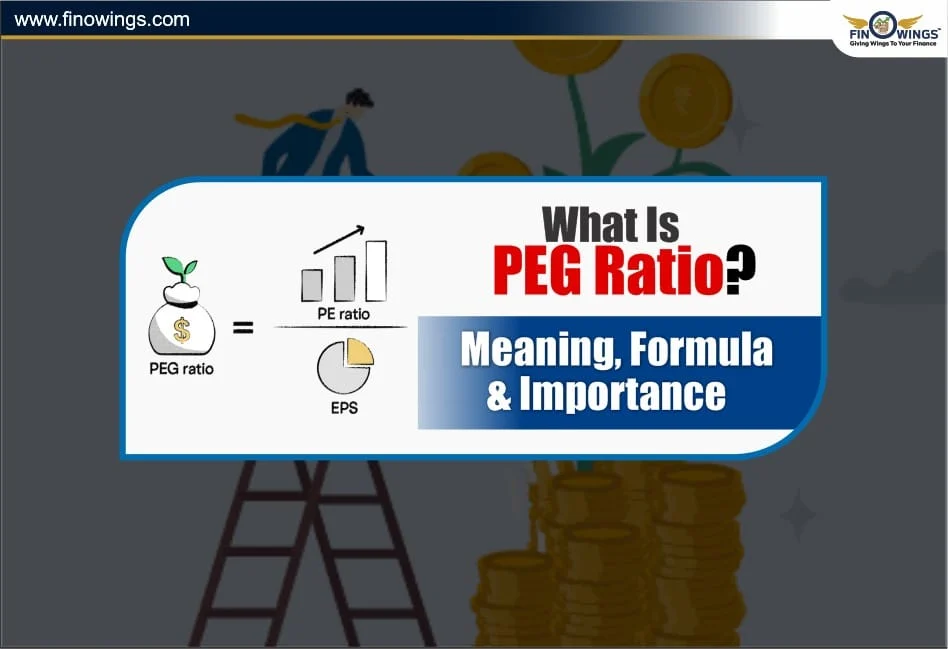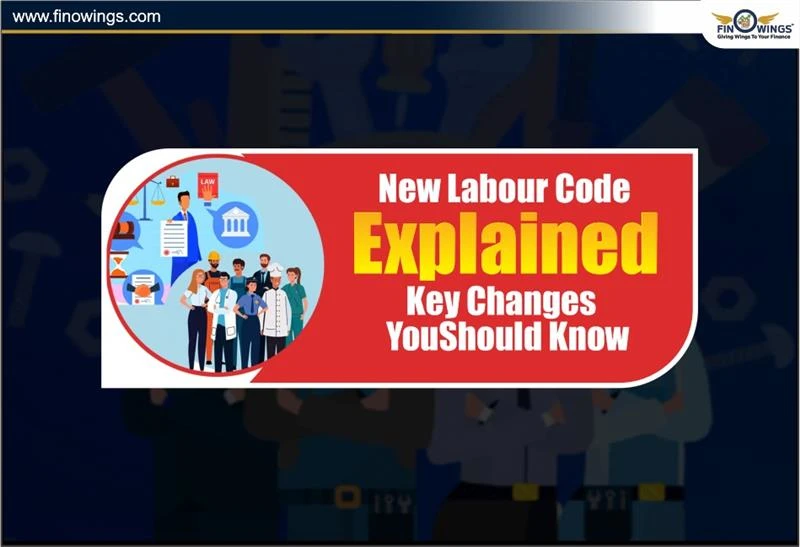Home >> Blog >> PSU Bank Rally Explained: What the Latest Merger Talk Means
PSU Bank Rally Explained: What the Latest Merger Talk Means

Table of Contents
In India, the stock prices of public sector banks have increased recently due to new rumours and statements about mergers in banking that encouraged positive investor sentiment. Publicly traded banks, especially the State Bank of India (SBI), have recently consolidated. There is now SBI's bank share price and there is anticipation about the consolidation.
This blog post is to explain why the rumours of consolidation prompted this movement and what the bank stocks and PSU Bank merger consolidation rumours mean to the investor.
What’s new: There’s talk of mergers within the PSU banks
As per several reports, the finance ministry is believed to be drafting the next plan of consolidation of state-owned banks and aims to reduce the number of large public sector banks from 12 to 6 or 7. (Informist Media).
Under this proposal, the smaller banks will first be merged with the larger ones, with SBI or Punjab National Bank (PNB) seen as potential partners to merge with. SBI has itself spoken of consolidation and has said publicly that it may be rationalised, as there are several smaller, sub-scale banks.
As a result of this news, there was a rise of 4% in the SBI Bank share price as well as in the PSU banks' share prices.
Impact of Merge Talk Boosted Stocks
1. Increased efficiency and economic scale of larger banks
The consolidation of smaller banks into one large entity such as SBI is expected to result in improved economic scale and cost efficiency while having a more flexible balance sheet. This will increase future profits and improve the valuation of the bank.
2. Buffers & Credit Growth Opportunities
A more powerful merged institution can mobilise and manage risks across a larger volume of credit, attributes that are universally valued by investors in the banking industry.
3. Situation-Based Value Addition
The announcement of a PSU banks merger usually results in a revaluation of the target and the acquiring firm’s equity, as it is perceived that they will realise a more favourable ROE, a reduction of NPAs, and a greater degree of operational efficiency. Such an expectation is a value catalyst, which in the absence of any announcement can drive this stock price ahead of the merger that is anticipated.
4. SBI Provides A Base Of Assurance
As the largest and consolidating public sector bank, SBI’s supportive dominant position is a positive contribution to the overall merger. This is seen by investors as a solid base for the smaller banks, which enhances the attractiveness of the overall PSU bank stocks and positively influences the share price of SBI Bank.
Risks To Consider
Timing Of The Merger Is Unpredictable
The draft blueprint does suggest that there could be structured announcements in April-May 2026, but there has been no formal announcement yet, leaving a lot to be desired in terms of conclusions.
Risk Of Integration And Execution Is Present
The merger of banks with disparate geographies, cultures, and legacy systems is a complex proposition. In the short term, the cost of disruptions to operational continuity could be significant.
Increased Valuation
There is an increase in value for some of the upside potential. Investors need to analyse potential value. Given the latest news, there is an increase in potential upside for speculation.
Possible Risk in Regulatory Procedures
There is a risk of the disruption of the event for the alignment of the NPA assets, and the impact on the banking merger.
SBI Public Sector Bank Mergers - Impact
SBI – The Flagbearer
The SBI bank share prices are an important reference due to its consolidated economic position. The stock value is expected to increase due to a stronger merged entity with better quality, higher margins and increased Return on Equity (ROE).
Other PSU Banks
During the merger news, UCO Bank, Central Bank of India, Punjab, Sind Bank and Indian Overseas Bank increased their stock prices by 4%. These banks can indirectly profit due to the consolidation wave, as they may either be merged with larger banks or act as takeover targets.
What Should Investors Watch For?
- Official Announcement
There will be no major triggers until we have an official merger roadmap from the finance ministry, and until then, the news will be speculative.
- Q3/Q4 Earnings of PSU Banks
Increased NPAs, credit growth, and improved margins will help bolster confidence and valuations.
- Bank Balance Sheet
Keep an eye on ROE, cost-to-income ratio, NIM, and capital adequacy. A merged institution should tackle stronger metrics.
- Post-Merger
For the merged institution to be successful, it needs to have great scale, improved digital platforms, and more cost-effective branch networks.
- Valuation vs Peer Comparisons
Even though the rally has started, to pinpoint value, target banks and their peers need to be their valuations.
Summing Up: What the Rally Means for You
The recent rally in PSU bank stock bank merger talks is a potential scale rally, improved efficiency, and stronger fundamentals in the banking sector. Banks and in particular, SBI, the consolidation narrative is a powerful structural driver.
For those investing here, this means:
Opportunity: If you trust the faith the government shows to consolidate the powerful control the banks have to reach synergies, this sector can provide upside.
Caution: Since the movements based on this are expectations, they’re goals for consolidation; you have time to reduce the risk of potential loss. Buying definitely has value but comes with uncertainty.
Specifically, the SBI bank share price and position in this sector have great value. So, as consolidation continues, India's banking industry will be much more efficient, more profitable and much more resilient.
DISCLAIMER: This blog is NOT any buy or sell recommendation. No investment or trading advice is given. The content is purely for educational and information purposes only. Always consult your eligible financial advisor for investment-related decisions.
Author
Frequently Asked Questions
PSU bank stocks are rising mainly because of news and rumours about the government planning new bank mergers. When consolidation talks begin, investors expect stronger combined banks, better efficiency, and improved profitability—leading to a short-term rise in PSU bank share prices, especially SBI.
Reports suggest the finance ministry may reduce the number of public sector banks from 12 to about 6 or 7. Smaller banks could be merged with bigger banks such as SBI or PNB. This plan aims to create fewer but stronger and more efficient banks with better balance sheets.
SBI is seen as the anchor of PSU consolidation, so any merger plan that strengthens the banking sector usually increases investor confidence. This often results in short-term price rallies. While rumours caused a 4% surge recently, long-term movement will depend on official announcements, financial performance, and merger execution.
Key risks include:
• No confirmed merger timeline yet
• Integration challenges after mergers
• Higher valuations due to speculative buying
• Regulatory and NPA-related challenges
Because mergers are complex, the actual outcome can be very different from expectations, so investors must be cautious.
Investors should follow:
• Official merger announcements from the finance ministry
• Quarterly financial results (NPAs, margins, credit growth)
• Valuations compared to peer banks
• Balance sheet strength (ROE, NIM, capital adequacy)
• Post-merger plans like digital upgrades and cost optimisation
These indicators help determine whether the rally is justified or just hype.
















